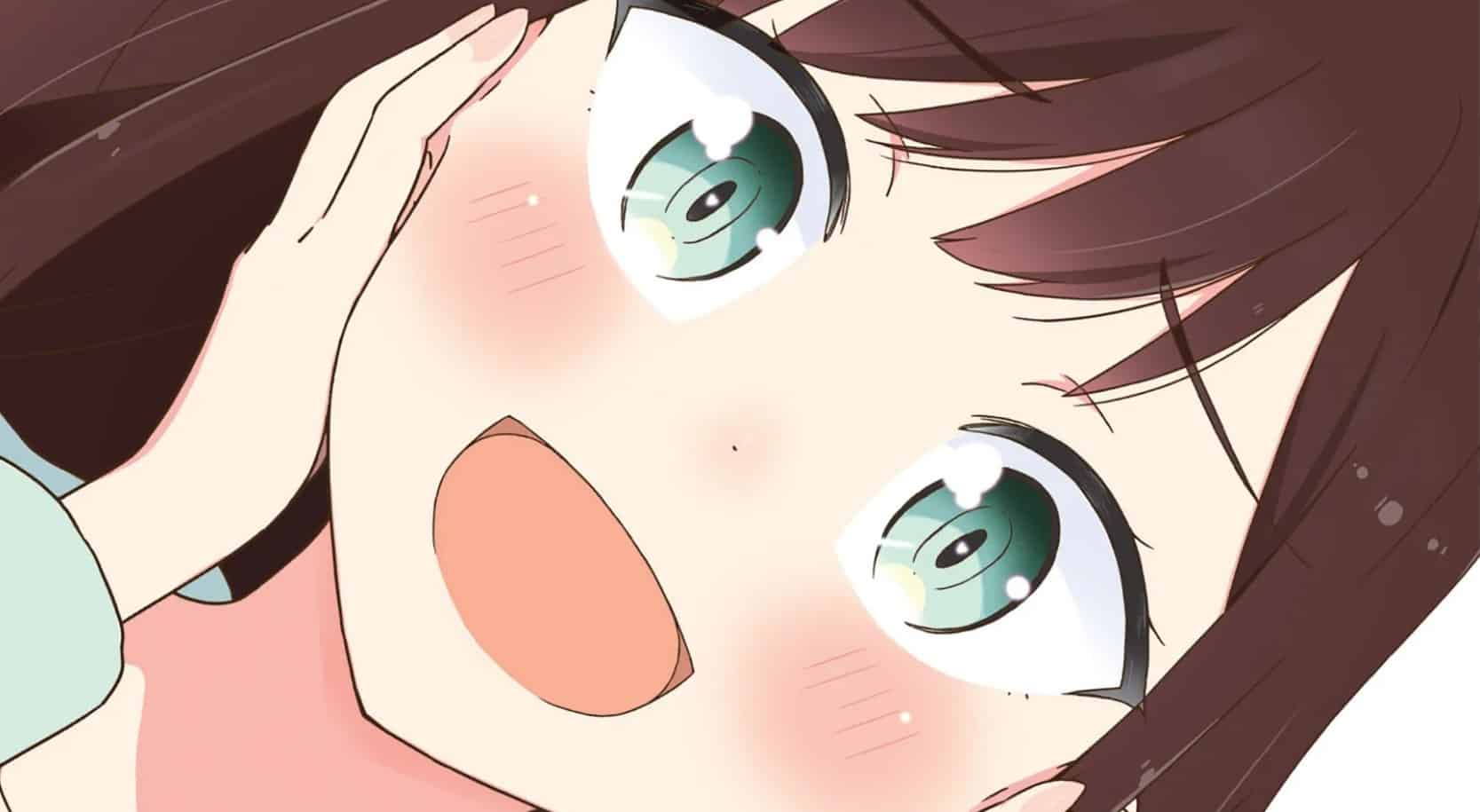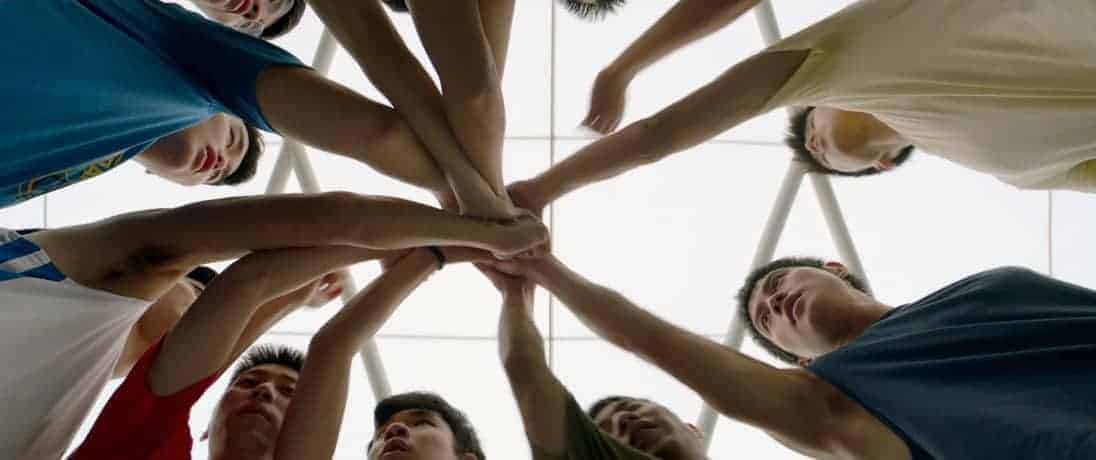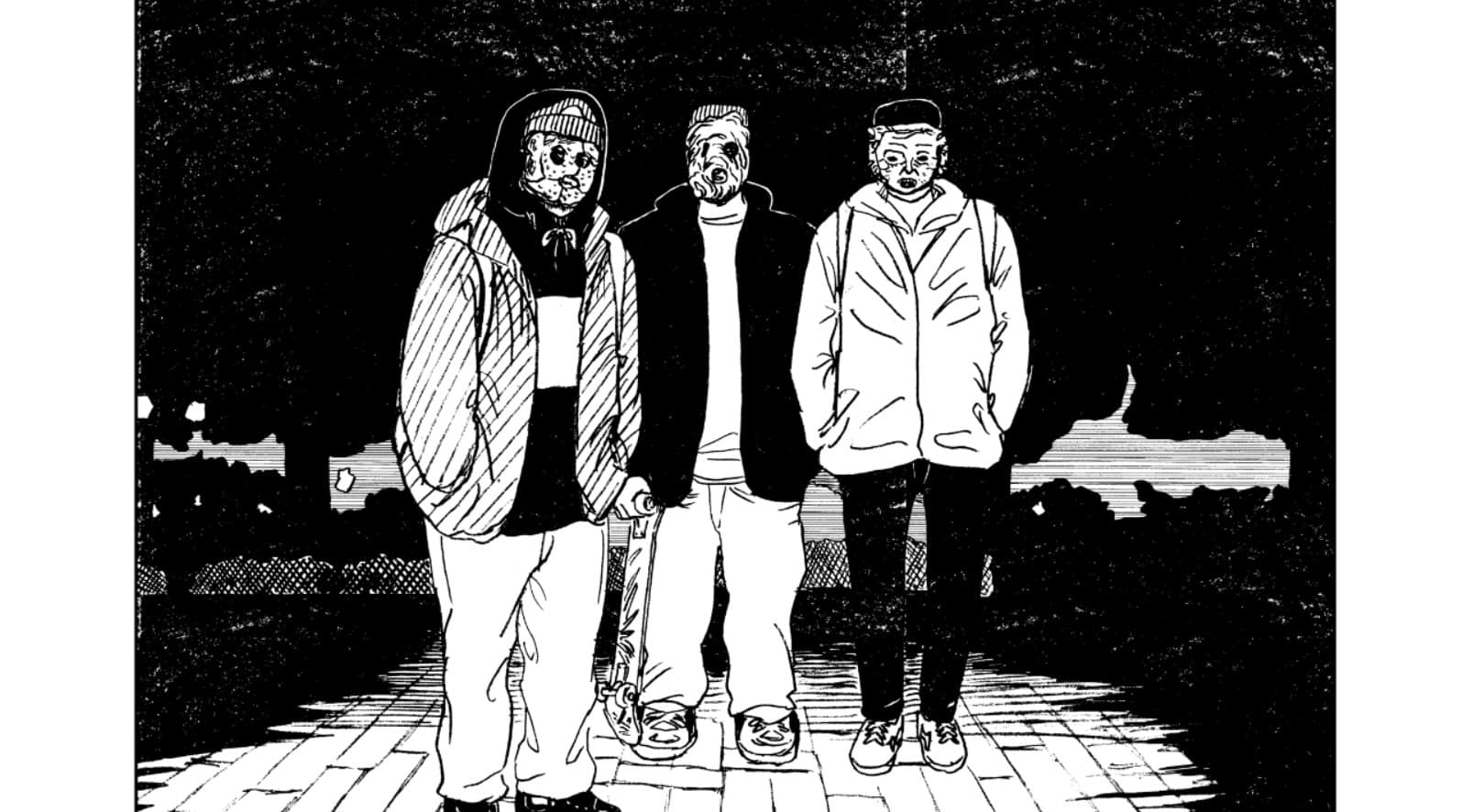The overall nineteenth entry into the popular “Zatoichi”-franchise marked also the return of director Kenji Misumi into the series, who had started it back in 1962 with “The Tale of Zatoichi”. It also is a return to form for the story of the blind swordsman, especially after the excellent “Zatoichi and the Fugitives”, which was released in 1968 as well. While this previous feature shed some light into one of the core internal conflicts of the main character, Misumi's movie not only included the typical ingredients of the series, but also emphasizes the way Zatoichi deals with the repercussions of the code he lives by, which is still the one by the yakuza. It is never truly addressed, for example, why the blind masseur, who has killed and maimed various yakuza bosses and their men for violating these principles, still seems to stick to these codes, which has caused nothing but harm thus far. Apart from featuring great fight scenes along with a healthy blend of drama and comedy, Kenji Misumi's “Samaritan Zatochi” seems to tackle yet another contradiction within the main character.
Buy This Title
On his journey through the Japanese countryside, Zatoichi (Shintaro Katsu) is hired by yakuza boss Kumakichi (Akira Shimizu) to deal with a young man, who still owes a large sum of money and has continuously made fools of the thugs the boss has sent after him. As the blind swordsman confronts the young man, they fight, and he kills him with a brief stroke of his cane sword, just in time for the young man's sister, Osode (Yoshiko Mita) to arrive and witness the gruesome scene. Filled with regret, Zatoichi tries to apologize and comfort her, especially when he realizes he has been exploited by Kumakichi, who aims to please the corrupt local magistrate. For delivering the girl, the boss has been promised a large sum of money and a certain position, which would gain him even more power and responsibility.

However, Zatoichi, as a means to make amends for the violence he caused, decides to protect Osode, who seeks refuge with her aunt in a nearby town, as well as revenge for the death of her brother. As the blind sword fighter exposes the scheme behind the killing of the young man, Kumakichi decides to get rid of him, once and for all, employing the services of Kashiwazaki (Makoto Sato), a wandering swordsman, who is more than keen to compete with Zatoichi in a duel.
At this point, even though it probably has been mentioned in the previous reviews, it has to be emphasized how a series of this length maintains a viewer's interest in the character, his world and his conflicts. While some of the entries have been more formulaic than others, it is quite astounding that after eighteen features, the amount of passion and commitment can still be felt, aside from the obvious economic factors which play in role in keeping a franchise alive for so long. “Samaritan Zatoichi” might not the strongest entry into the series, nor is it he best one directed by Misumi, but the way the main character has to deal with the violence he creates and how it is portrayed, is quite well done. Shintaro Katsu proves his dedication in the character by showing how the realization of having been manipulated into killing someone becomes a source of anger and regret for the blind masseur, who still may not be the Samaritan as the title indicates, but perhaps has laid the foundation for a significant shift in his character and how he sees the yakuza and their codes.
Whereas the impending duel with Kashiwazaki is somewhat put aside for a large proportion of the plot, the machinations of power and how Misumi portrays them, is quite interesting. Although Misumi would be far bolder in the “Lone Wolf and Cub”-series in that regard, his direction seems to pose the question whether someone like Zatoichi, despite his notions of moral and honor, can be manipulated into killing, making the dedication to the yakuza lifestlye his greatest weakness.
Besides its themes and their execution, “Samaritan Zatoichi” features quite a number of well-choreographed fight scenes, with the one in the dark, with only a few lights showing what is going on, being the highlight, at least visually. Also, the aforementioned duel with Kashiwazaki, even though it feels somewhat pointless within the plot, is a great example of the combination of performance, editing and cinematography, and how it heightens the impact of an encounter such as this.
In the end, “Samaritan Zatoichi” is a great entry into the “Zatoichi”-series. While it has its flaws, its acting, the fight scenes along with the way it tackles its themes of violence and its repercussions, make Kenji Misumi's feature quite entertaining and thrilling at times.
















